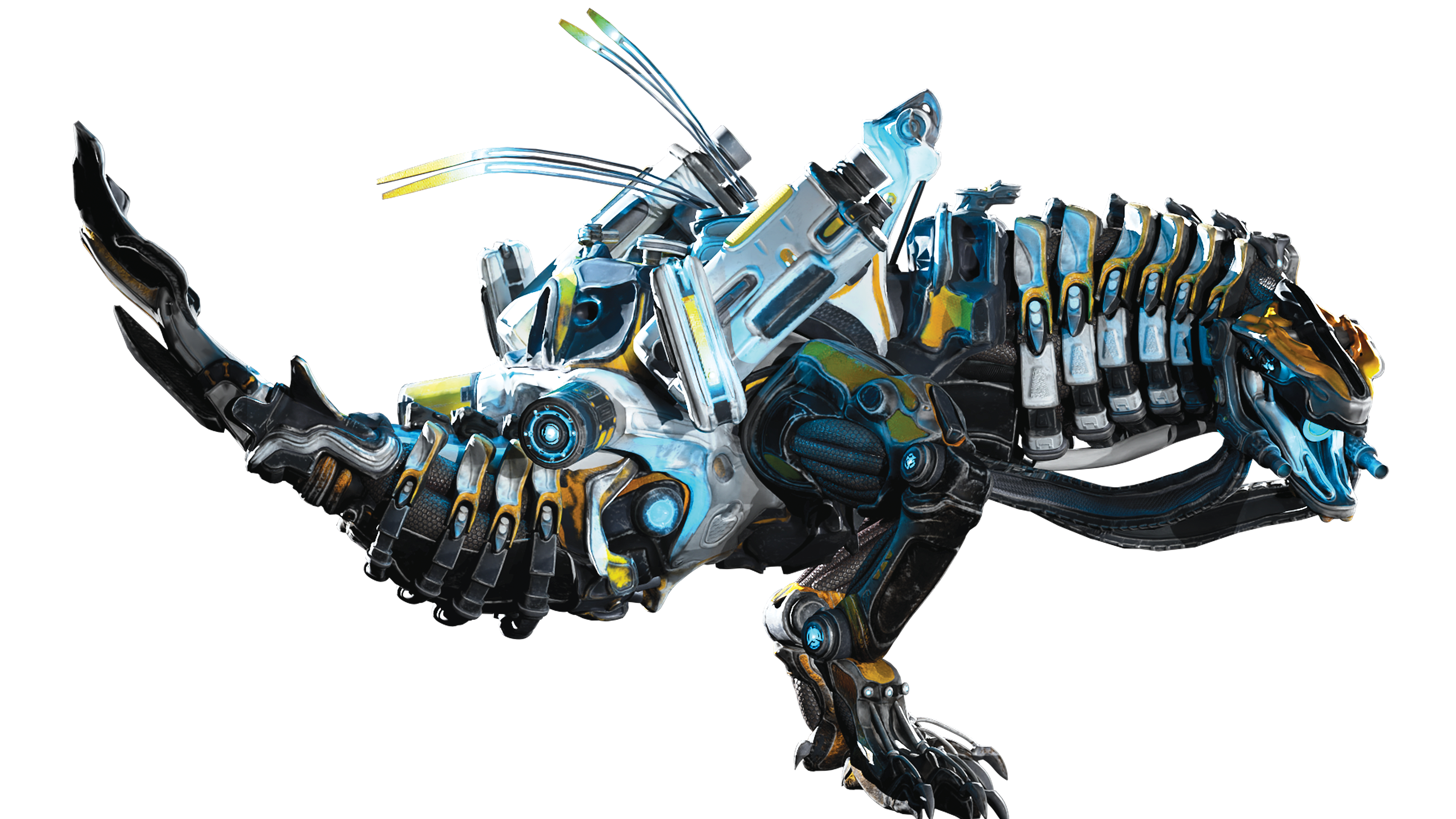7 huge animation trends of 2020
Industry pros explain what's hot in animation.
Animation is having a moment, so getting to know the latest animation trends can only be a good thing. With brands increasingly favouring the medium to communicate large and complicated subjects in a concise way, there's never been a better time to master the craft.
Animation can express emotions through character animation as well as using more abstract imagery, while text and kinetic typography can express powerful meaning often with a big impact. If you need to update your toolkit, you'll need these top animation tools for digital artists.
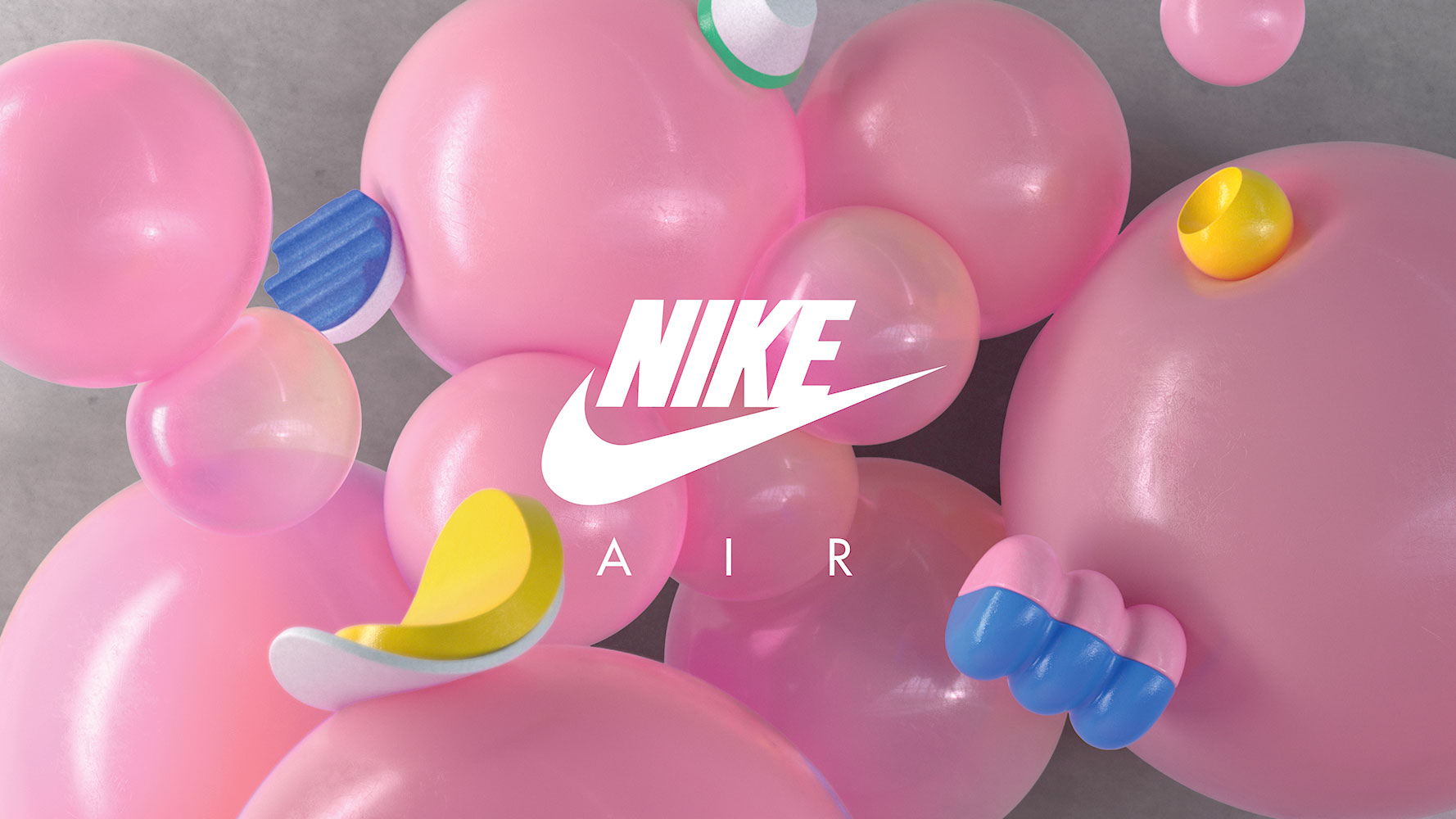
The market for animation is growing, and illustrators are also keen to get in on the act. "A growing number of illustrators are now developing skills as animators after experimenting with simple gifs," explains Sue Loughlin, executive producer at award-winning production company and artist management agency Jelly London.
"They want to learn how to take their work into longer sequences that naturally leads into storytelling or communicating a message on a timeline. There are many ways to tell a story and so it's a skill that's increasingly being developed by illustrators. Even gifs are becoming more than just a couple of looping images, becoming a form of content with more of a message – almost like mini stories."
01. Unusual storytelling
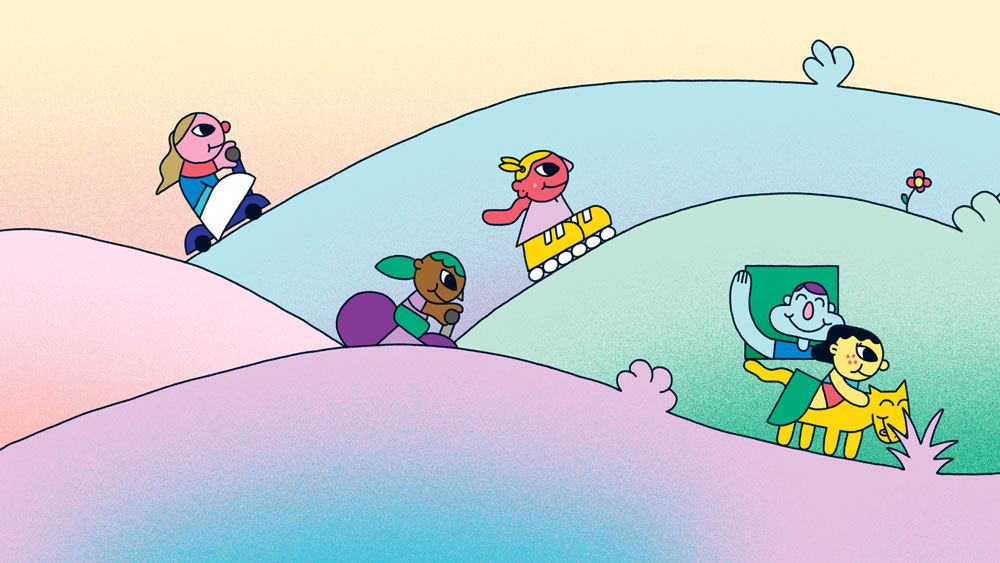
London-based animation studio Strange Beast operates a similar director-led model. "All of our work is driven by the vision and aims of the artists we represent," says executive producer Kitty Turley. "We have a particular love for more unusual and sometimes less-obvious commercial design and approaches to storytelling. We also have a gender-balanced roster, which shouldn't be unique, but currently is." As the sister company of Passion Animation, the team also works closely with the wealth of talent and experience there. "I think this puts Strange Beast in a unique position to celebrate indie animation talent, but with the support and infrastructure of a more established company and the resources that this brings."
Overseeing the day-to-day running of the studio, Loughlin spends her days working with producers and directors on pitches and productions, identifying opportunities for their artists and curating their roster and website. She argues that animation is a brilliant tool for making difficult subject matters engaging. "By this I mean 'difficult' in the broadest sense. That could be a charity wanting to portray potentially triggering but important stories in a sensitive and accessible way, or it could be some fairly dry information that leans on animation to sustain interest and help express meaning," she says. "I think these are qualities unique to animation, and difficult to replicate in live action."
02. Live action with animation
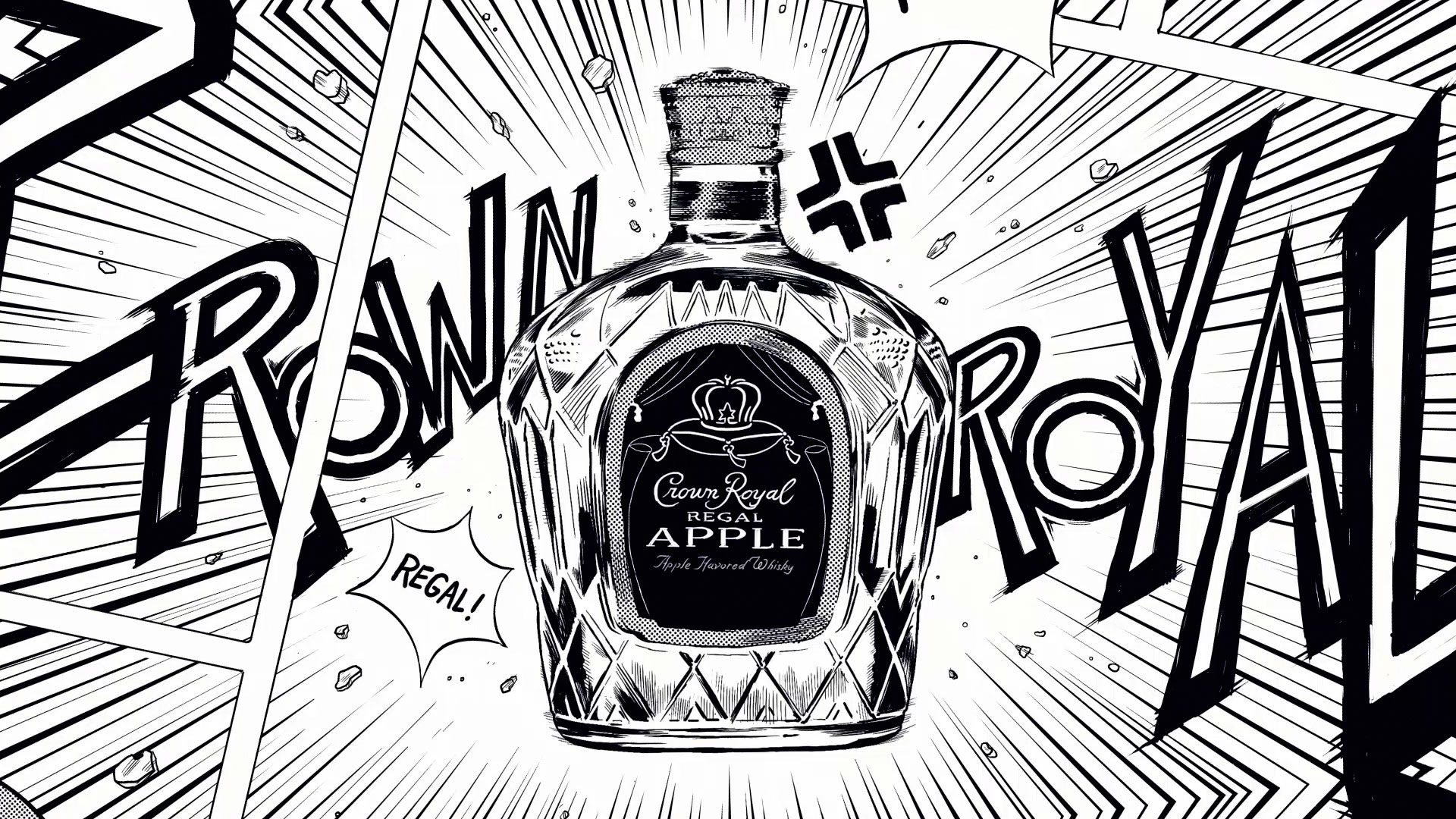
Mixed-media projects are also on the rise. They're being used for campaigns that want more of an anthology style, bringing together multiple diverse aesthetics, says Turley. Streaming services and different online platforms have diversified the animation space, and it's exciting to be a part of that shift. "We still get most of our commissions through advertising, branded content and music videos, but we're also engaging in more longer-format work than ever before. This is a combination of series development led by our directors, or through things like animated contributions to documentary projects."
Get the Creative Bloq Newsletter
Daily design news, reviews, how-tos and more, as picked by the editors.
With offices in London and New York City, Golden Wolf specialises in youth-oriented content for clients in industries such as gaming, entertaining and sports. The company recently produced a TV advertisement for whisky brand Crown Royal with Anomaly, which featured a mix of a bunch of different animation styles. "It was an opportunity to combine all of the different methods of animation that we do into one spot, including 2D, 3D, motion graphics and live action," says Ingi Erlingsson, Golden Wolf's founder and executive creative director. "It's a trend that we've been seeing a lot in live action recently, so it was cool to get to apply it to animation."
03. Multiple platforms
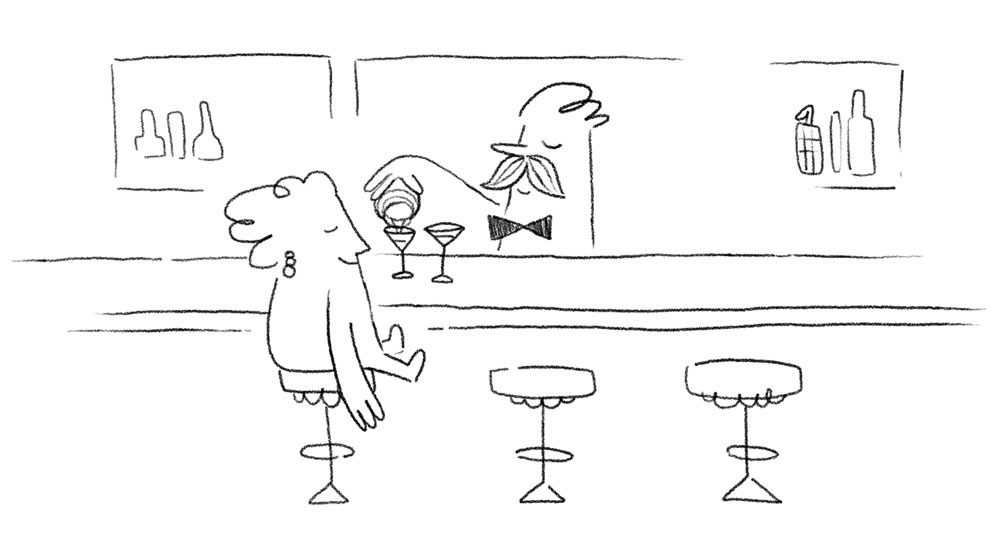
Every project also tends to have social media deliverables attached, which can be challenging but also a rewarding process, as it makes the work much easier to promote. "We tend to approach all new projects and pitches with that component in mind," says Erlingsson.
With a lot of the work living online it's easier for a brand to opt for something animated, reveals Loughlin. "There are definitely more animation projects coming through from areas that would have traditionally been purely static." Jelly directors Niceshit recently created a full rebrand campaign for Ketel One vodka, based on the idea of doodles on a cocktail napkin that had spontaneously sprung to life.
Creating a cast of interesting characters and personalities in a charming hand-drawn style to send the message that everyone is welcome in the Ketel One universe, the ad was featured in print, on TV, online and OOH (out-of-home advertising). "Niceshit pushed the boundaries with the characters' movement style and their range of expressions, adding playful charm to the finished ads," says Loughlin.
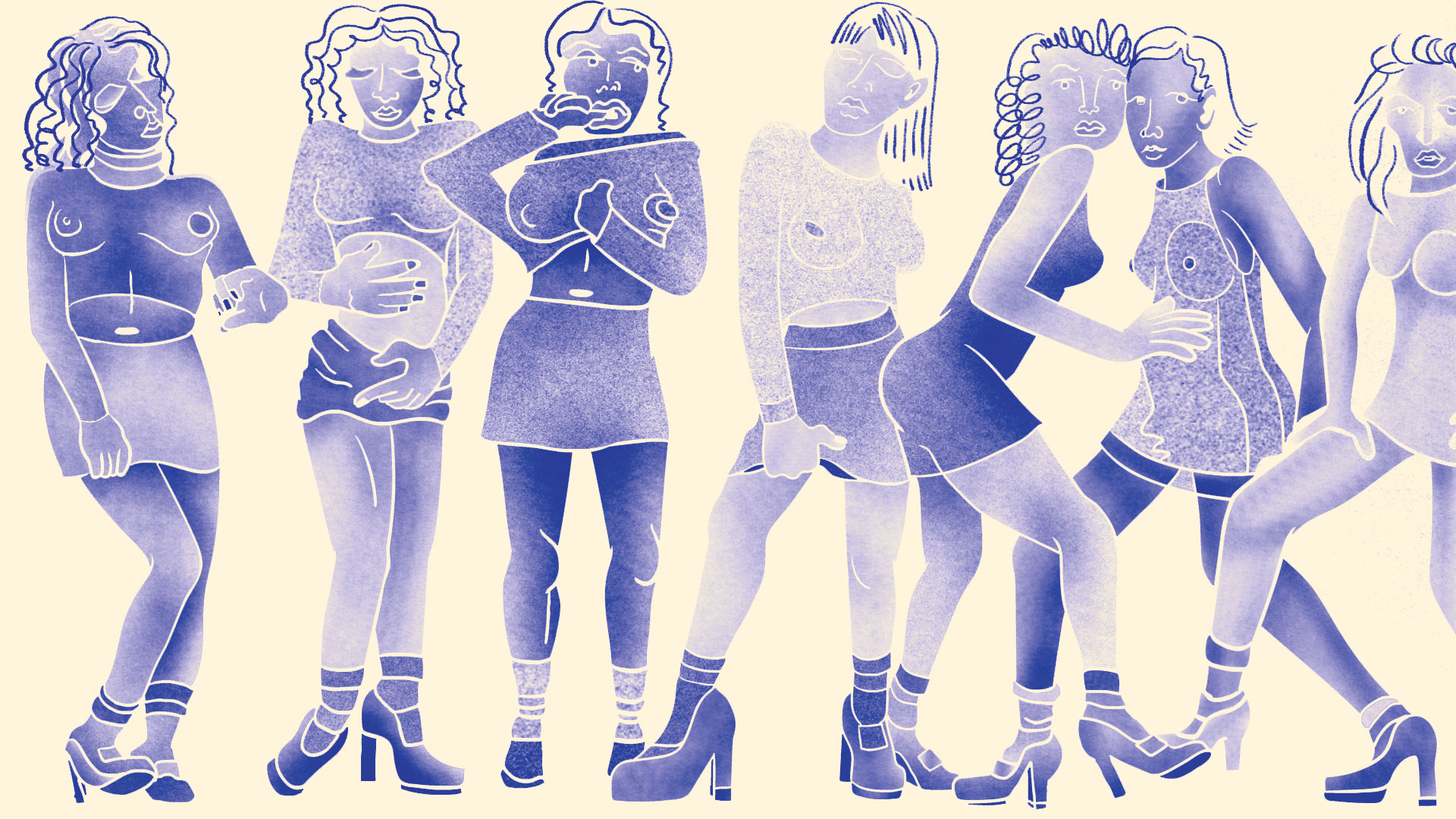
In a commercial context there's a huge and ever-increasing market for moving image content on every platform and website, and there's a growing demand for this style of more naive, hand-drawn animation. It's an exciting time for directors like London-based Anna Ginsburg who says, "Companies and clients want something that looks less polished, in which there's evidence of the human hand as there is a need for this warmth in such a digital age."
Communications are always going to be closely tied to what's happening in the world, so it's unsurprising that there's also been a shift in the mood of content being created. "The issue happening around the world from politics, to climate, health and more have influenced the visual narrative style," says Flutter Films executive producer Li Liang Johnson. "This is manifesting in many ways, such as tactile/human styles and minimal looks – all depending on the stance each storyteller is taking."
The simplicity and that warmth animation can sometimes bring also appeals to brands that have to explain or sell abstract ideas, explains London-based filmmaker Milo Targett. "It humanises what can often be seen as a faceless entity. I also like to think that some companies genuinely want to invest in an animator/illustrator and see them thrive and make great work."
04. Engaging characters
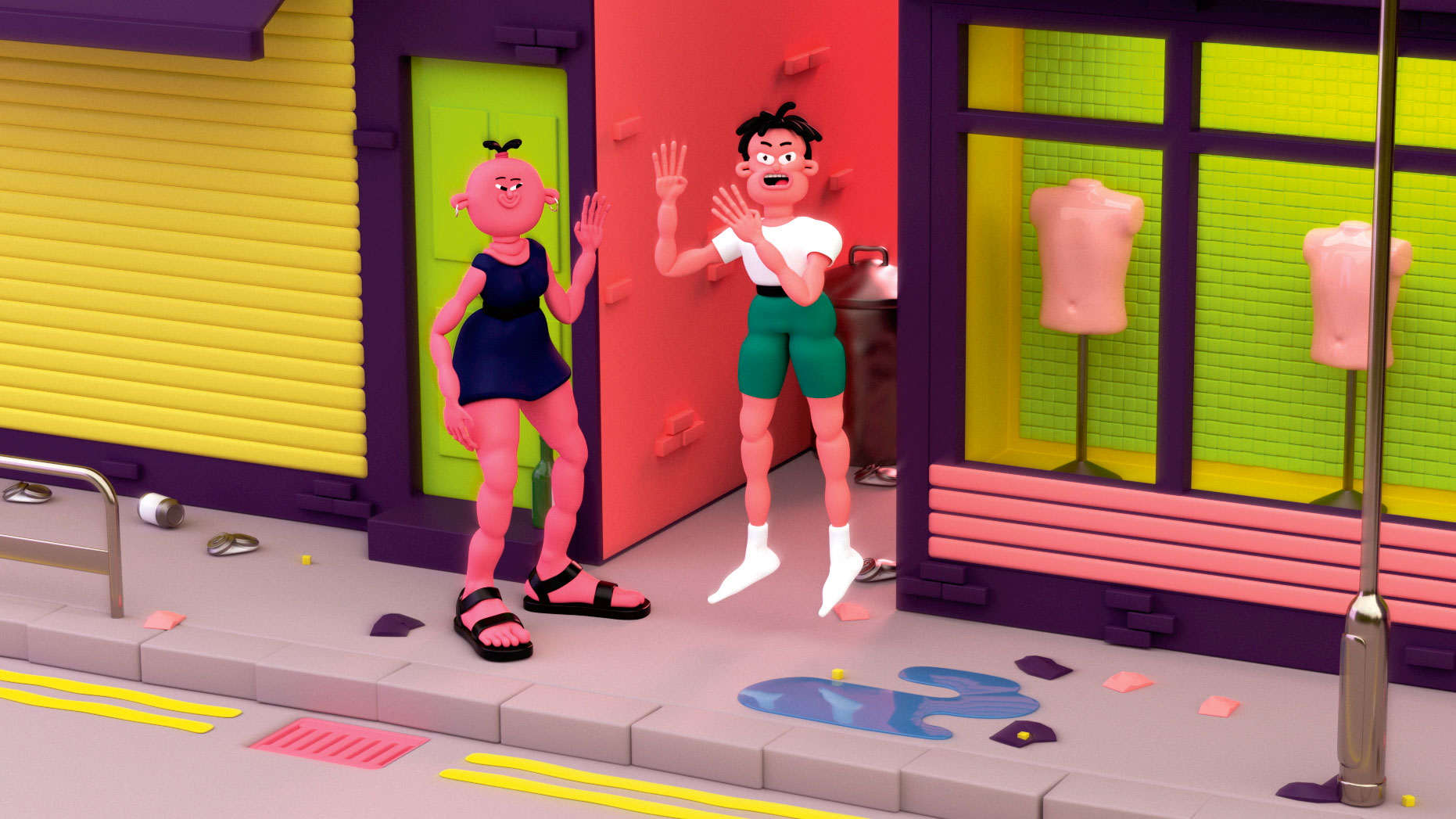
Working mostly with character animation and offbeat surreal narratives, Targett uses 3D software in an experimental way to bridge the gap between his drawings and the digital. "I think chasing a certain trend is a recipe for failure. It's interesting how styles come and go in cycles; the longer you're in the industry the more you see that, I think. There's a healthy need in the industry for 2D and 3D work – both have their place."
Erlingsson shares this view. "We're seeing a lot more narrative-based character work these days, whereas a couple of years ago the majority of our work was more about abstract graphics." Animation enables you to bring ideas and visuals to life that you wouldn't normally be able to create with live action, he argues. "It allows brands to tap into more expressive styles. Sometimes brands use surreal themes to sell their products and services. It also helps that animation can be cheaper than a large shoot with expensive talent," Erlingsson adds.
Over the past 12 months Golden Wolf has worked with some of the most iconic brands in the world, including KFC, Blizzard, Disney, Amazon, Adidas and Supercell. "Advertising is still a large part of the work that we do, but the biggest by far is gaming," he says. "I'd say that the gaming industry probably has the biggest appetite for high-quality animated content at the moment."
05. Psychedelic worlds
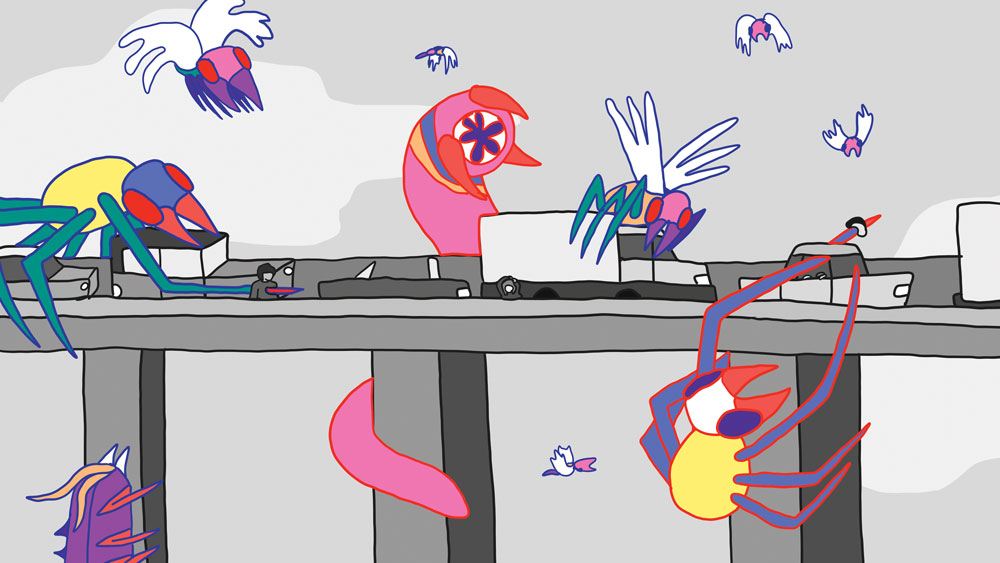
Chicago-based filmmaker Shane Beam makes a variety of 2D animation including music videos, gif illustrations, animated shorts and occasional motion graphics, alongside the odd independent films and illustrations.
Stylistically, Beam describes his work as "a balance of the attitude of kitschy East Coast beach culture combined with the psychedelic themes and lots of process based experimentation." He argues that honing down on a particular emotion or feeling which a client may want to achieve is easier with animation.
"A lot of my best commissioned work is where I'm meant to plug into a larger project and identify moments which can be punctuated with animation in ways that add nicely to the story. Like hot-gluing extra layers on to the onion that tell extra jokes," Beam explains. "I'm really interested in stuff that loops, and the process of filling in all moments until visuals flow seamlessly, which is more, by coincidence, reflective in psychedelic art and animation. There's certainly a balance to strike with the psychedelic aspects of my style."
Liang Johnson says this emerging trend for "really trippy things" is opening up doors for more experimental content, too. "Drawing from the psychedelic animation styles of the 60s/70s as well as a modern take on a psychedelic style, such as the title sequence for Rage, an Aussie music video programme."
06. Surreal animation
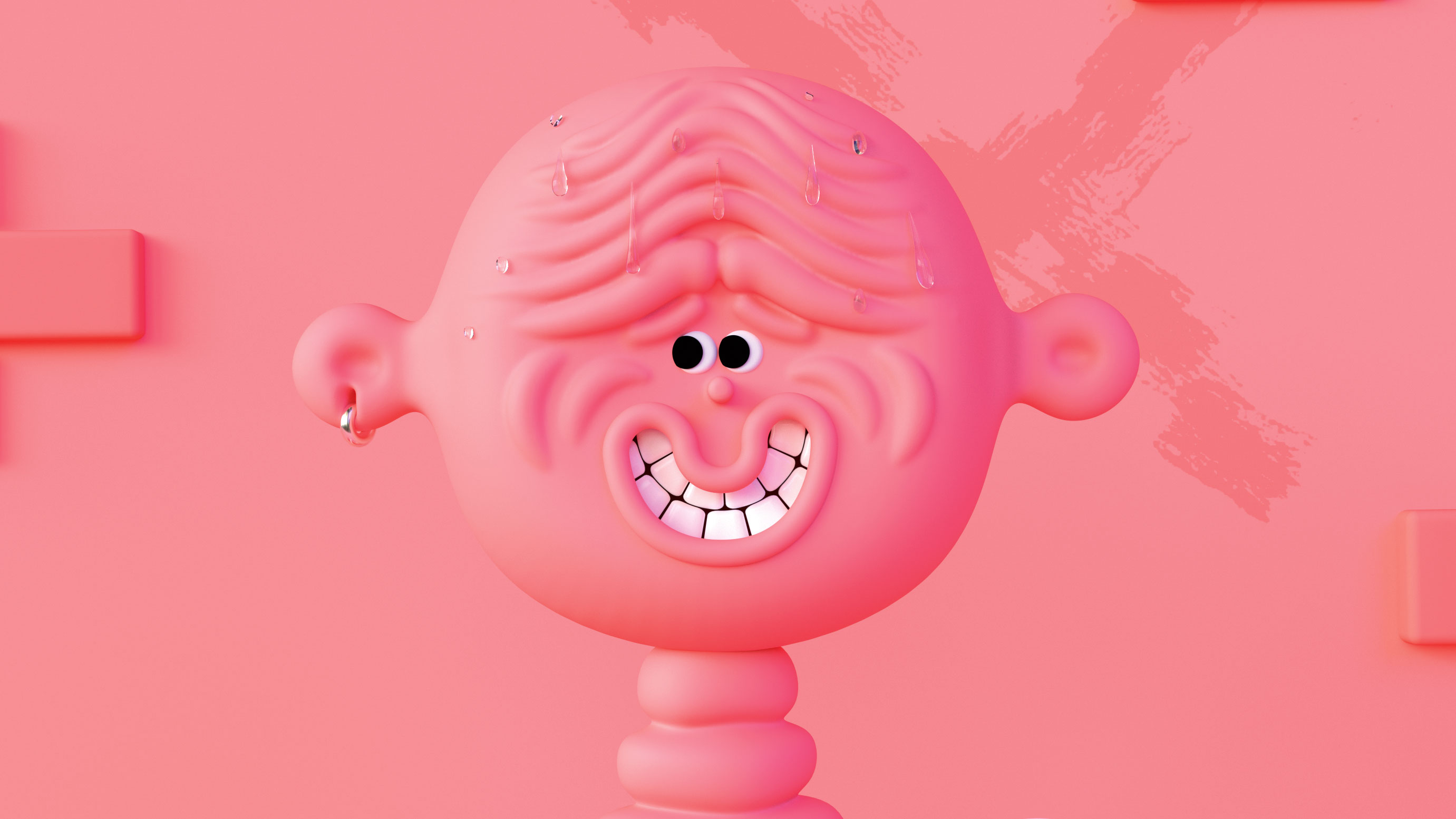
Targett explores offbeat character relations that often lean into the absurd and the surreal. His work focuses on the experimental use of 3D software with a grounding in illustrative 2D design principles. He was recently commissioned by Adult Swim to create a short inspired by the brief Patterns. "It was a challenging project and pushed me to do things I probably should have been doing before, like rigging a full character with a bone structure in Cinema 4D."
After a week spent thinking of different ideas, he came back to the one he'd started with: exploring the way bodies can be broken down into a series of patterns. One early idea focused on how computers perceive the world and faces through pattern recognition. "This developed into the film, which is about how distracting it would be to perceive all the cells and folds of skin patterns across people's faces," explains Milo.
"I've always tried to replicate my drawing style in 3D, so a lot of the way I make work stems from this. Things like wanting to have organic-looking characters that seem lumpy and fleshy led me to use more box modelling in my work.
"Creating a longer-form piece was great and having to pitch the concept to Adult Swim helped me work through my own ideas and made the project stronger for it. It involved a lot of strange camera work and perspective/size changes, which were tricky to string together in a cohesive way."
07. Computer graphics and 3D
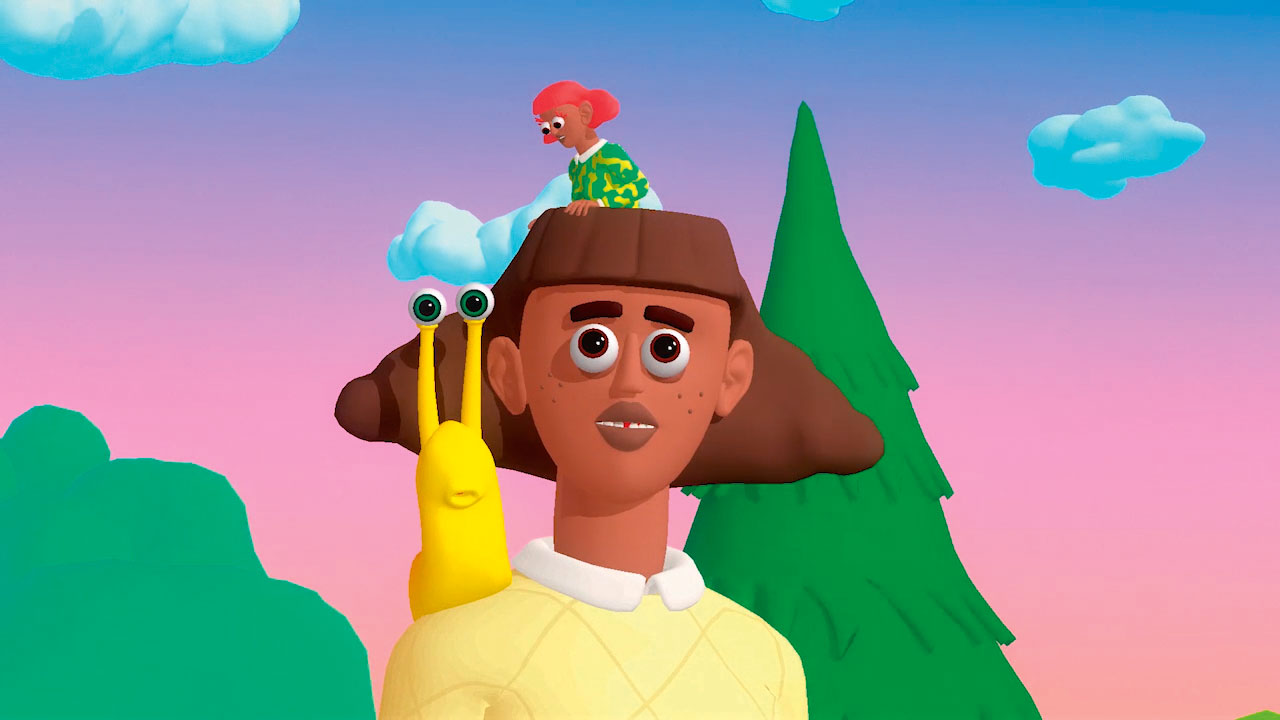
Turley has also seen an increasing amount of briefs for "unorthodox" 3D character work. "I think there used to be a sort of lazy assumption that 3D either meant Pixar or motion graphics. But the animation community is so much richer and more vibrant than that, and it feels like that's been cutting through in the past few years," she says. "People have always come to us for design-led character briefs (we love limited colour palettes and wild figurative proportions), but where previously those briefs tended to be limited to 2D executions, we now see it for 3D briefs too, which is very exciting. The existing laws of physics don't need to apply to animated worlds, and that's an infinitely fascinating thing."
A trend for dynamic movement and fast-moving animation that uses the whole three-dimensional space within the frame has also emerged – perfect for sports subjects, adds Loughlin. "With the Olympics being held in Japan, there's also a fair amount of manga styles coming through too, but always with clever transitions and dynamic movement," she adds. She also points out that vector graphic 2D is popular, too. "Transitions between the shots, simple characters and colour – but with lots of expression that can be through facial adjustments or just in the way the character moves in relation to its environment or other characters."
Arguably, clients often feel less control over 3D and can find it difficult to talk about or identify areas for feedback. This is changing though, and some forward-thinking companies are beginning to consider how it could fit alongside their brand as well as learning how to talk about the medium, explains Targett.
What to expect in future
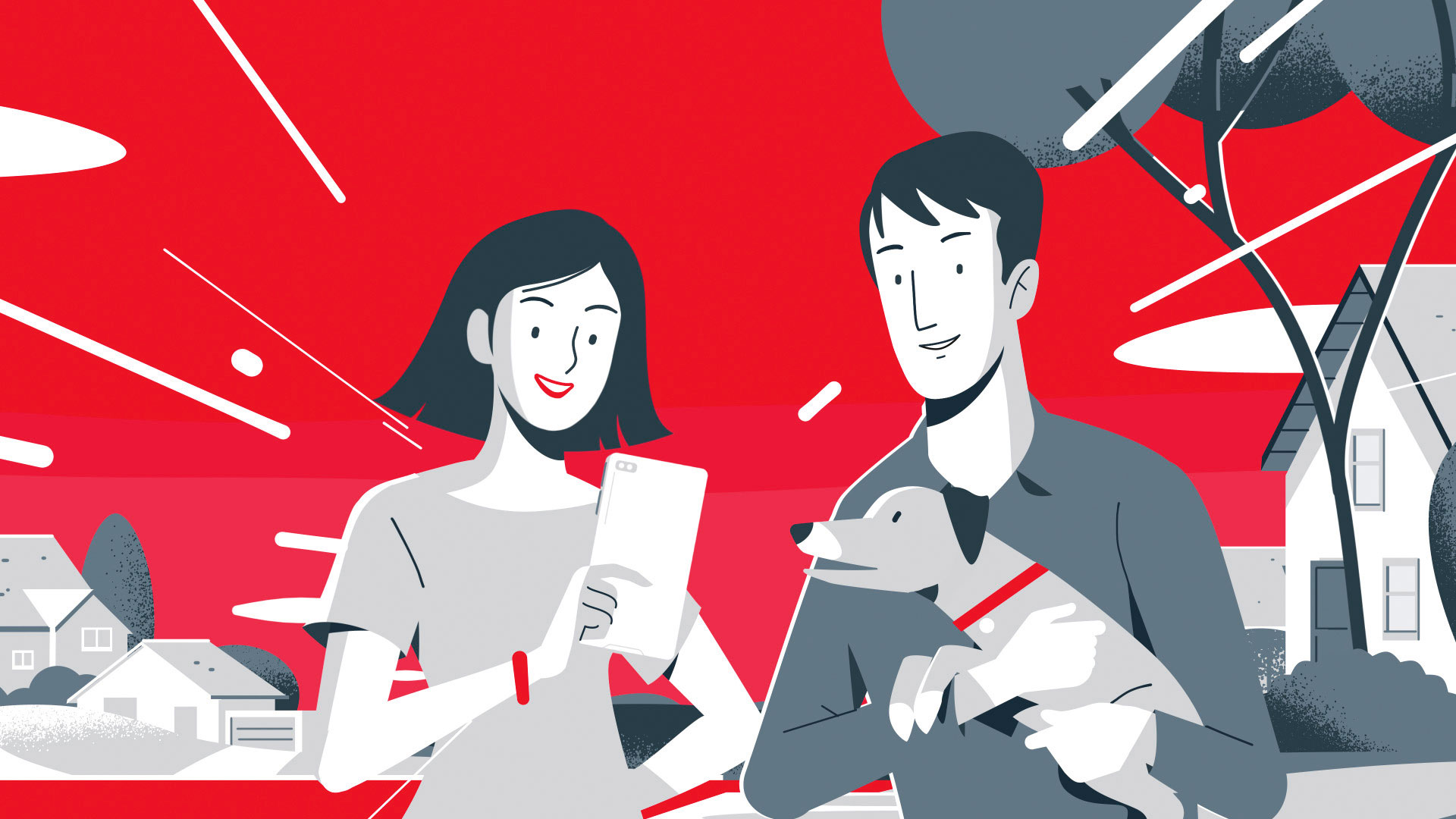
Liang Johnson predicts more handcrafted cell animation and character-focused work with a bit more of an emotive touch. "The world is getting much more passionate about issue we all face as humans, and brands/content makers are waking up to that and voicing their opinion through animation along with other artistic mediums." It's an opinion shared by Ginsburg, who encourages animators to make work with a real message. "I get slightly bored of creatives hiding behind things being 'really random'. I want to see more personal work in which people are saying something tangible; it doesn't need to be political or serious. It just needs to feel honest."
"It's already happening, but I'd love to see animation to be treated more as a medium, rather than a genre," says Erlingsson, who suggests that we may see a rise in animation aimed at adults, with shows like Bojack Horseman, Rick and Morty and Tuca & Bertie paving the way. "We, in the west at least, tend to see animation as content for kids, but as any anime fan knows, there's so much more to it than that."
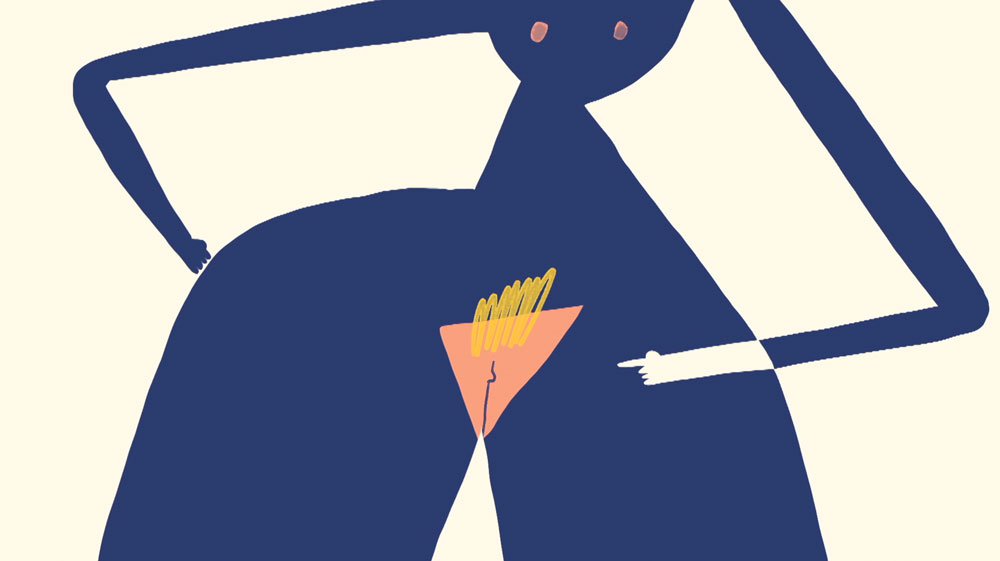
Collaboration between animators and other creatives could also increase this year, and there's much to be gained from working with people who have different skills to you. "There's a good community of animators in London who I talk to about work and projects regularly, but it would be cool to create more conversation between industries like developers, fine artists and musicians," says Targett. "Sophie Koko Gate runs an animation night called Easy Ease, which is great for meeting people and learning from each other."
"Animation is getting way more accessible, which means more self-taught animators figuring out wacky mechanics on their own. This makes me excited for the future," says Beam. He believes that 2020 is a year where huge opportunities exist for the youth, the working class and even the 'artist class' community to come together and push for change. "If the stories we animate reflect all those beautiful ways humanity looks out for each other, that's something that genuinely does inspire people in all sorts of ways and brings people together to make that change," he concludes. "We need all the positivity we can get."
This content originally appeared in Computer Arts magazine.
Read more:

Thank you for reading 5 articles this month* Join now for unlimited access
Enjoy your first month for just £1 / $1 / €1
*Read 5 free articles per month without a subscription

Join now for unlimited access
Try first month for just £1 / $1 / €1
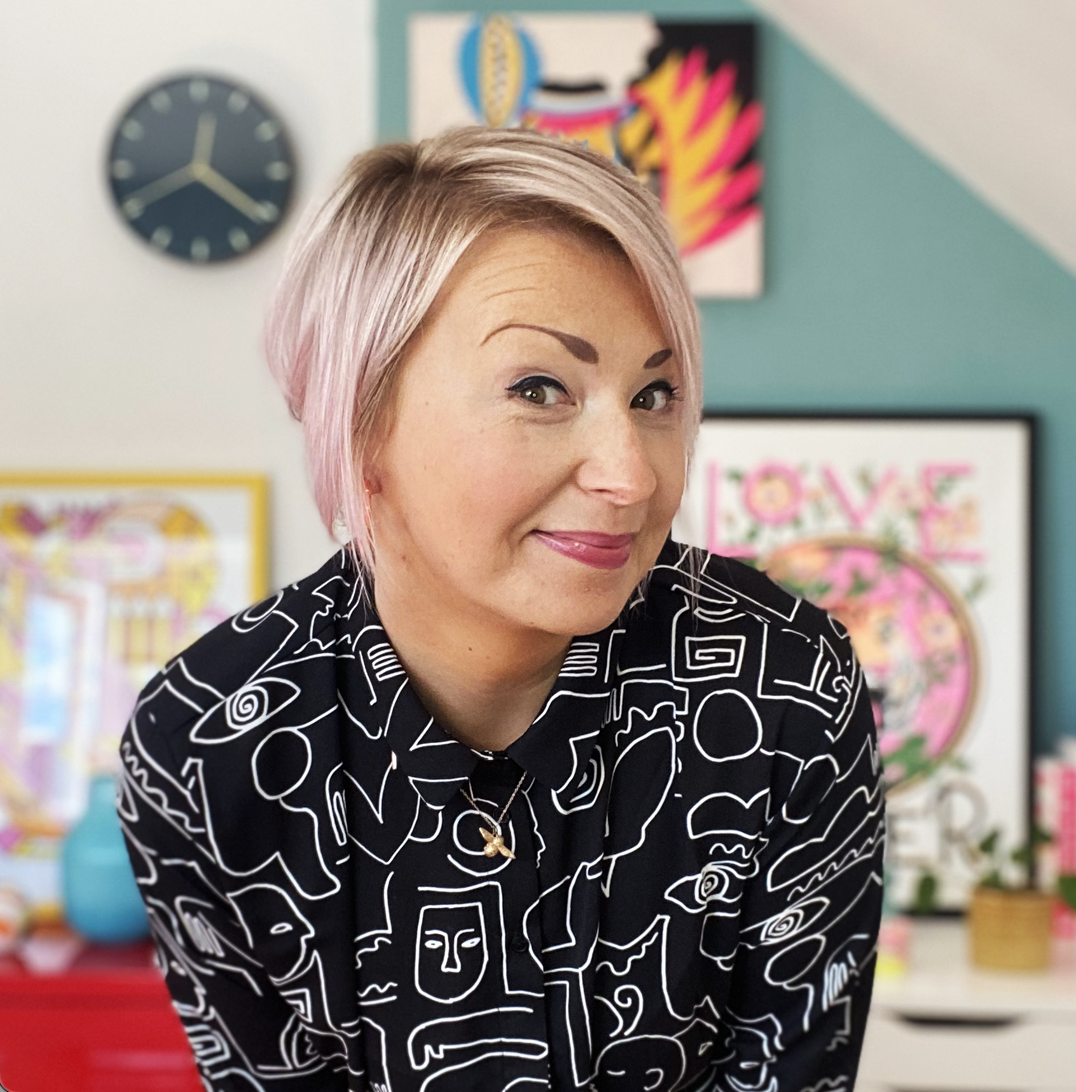
Lisa Hassell is a creative coach and the founder of Inkygoodness – a global community on a mission to connect, inspire, and empower the next generation of artists, illustrators and creative entrepreneurs.
